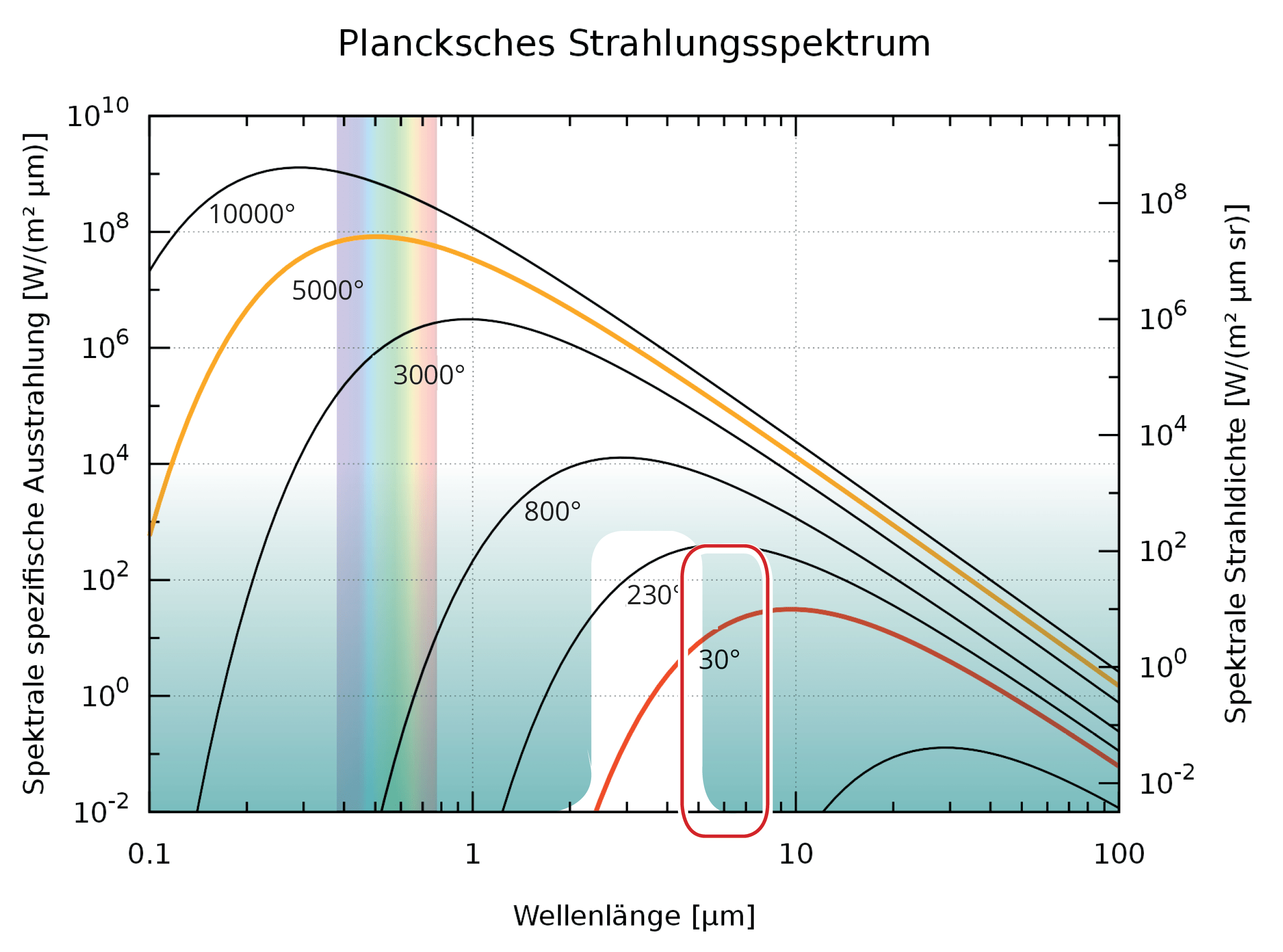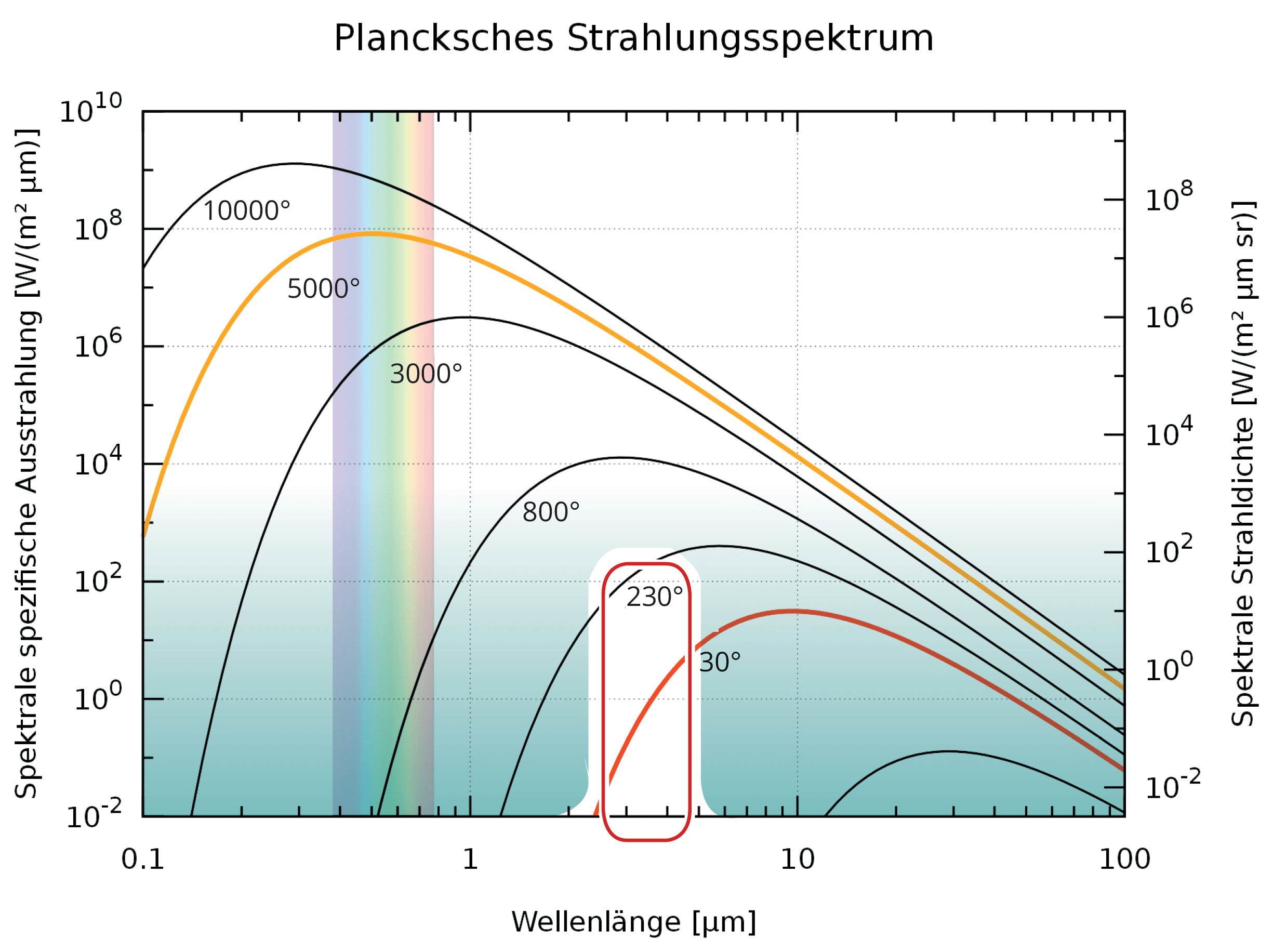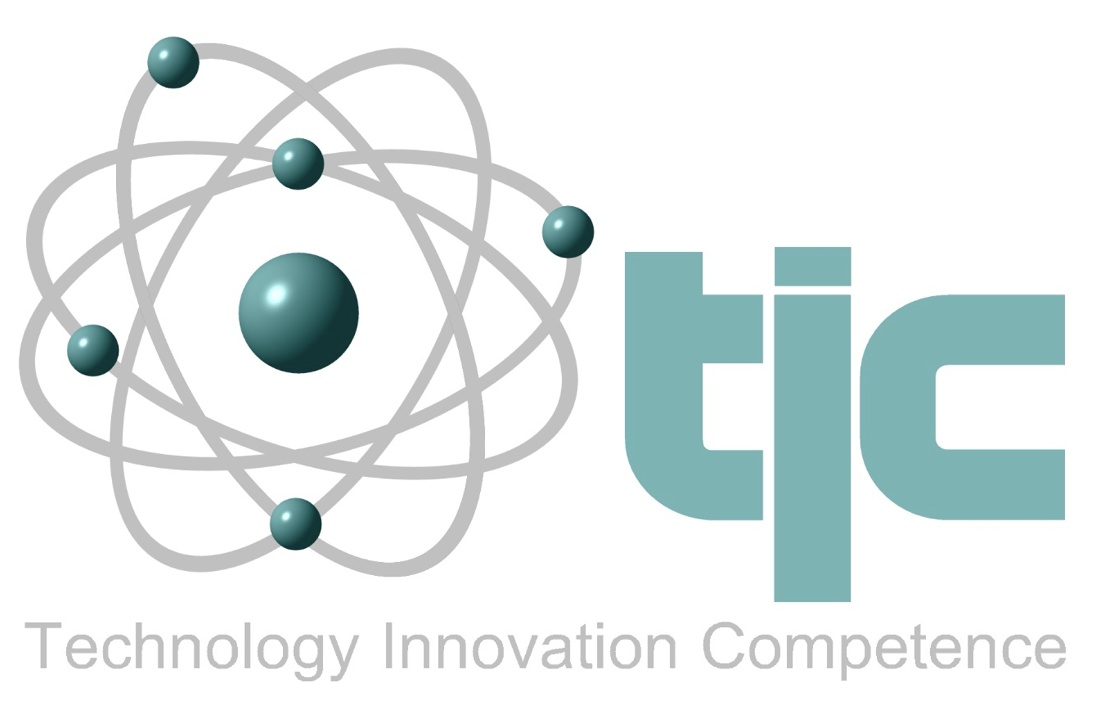- Radiation refers to the propagation of particles or waves
- How are these waves created?

- The electron must be stimulated to “fall down” by external influences
- E.g. by shocks, by electricity or by heat (green colouring of copper in a candle flame)
- Which radiation is produced depends strongly on the material (atom)
- The most important terms for describing radiation are frequency or wavelength
Short wavelength, means high frequency (experiment “in the swimming pool”)

Characteristics of infrared heaters – Basics
- Every heating system should generate heat, and there are three ways to do this
- (Heat) convection (circulation) – e.g. exchange of warm air (hairdryer)
- (Heat) conduction – e.g. slowly getting hotter teaspoon handle in coffee
- (Thermal) radiation – e.g. the sun can also be felt with closed eyes
- Example thermos flask: lid (convection), cavity (conduction), mirror (radiation)
- Normal (gas/oil) heating systems are convective (slow, inefficient)
- Infrared heaters work with radiation (fast, efficient)
- The emitted waves still have to be differentiated medically / biologically
- e.g. X-rays (0.001 μm) can kill
- e.g. ultraviolet radiation (0.1 μm) can burn the skin
- e.g. near infrared radiation (2 μm) can promote melanomas
Characteristics of infrared heaters – The water window
- Which range of infrared radiation is the best?
- “It’s the nicest thing that warms me the fastest!”
- Which radiation warms people (90% water) best?

Characteristics of infrared heaters – radiation spectrum
Every hot body radiates Planck’s law:

- A good infrared heating works between 30 – 230 degrees Celsius.
- However, most of the radiant energy (area under the curve) is outside the the optimal “water window” from 5 – 9 μm (see red marking)
- The radiation to the left of it can promote melanomas.
- The radiation to the right of it is no longer perceived as “so nice and warm”.
Characteristics of the van Hattum film

- Conversion of 99% of the electrical power of the film into radiation (other films only manage 80-90%)
- Radiation emitted lies solely in the “water window”, not in front of it, not behind it
- This means that the feel-good effect in humans is approx. 100% greater than with all other films.
- I.e. with half the energy the same felt warming!
Advantages of all infrared heaters
- Comfort gain “It’s instantly warm”
- Retrofittable, adaptable, individual, flexible
- Very high efficiency
- Low installation costs
- Less energy consumption
- Space-saving installation
- Temperature 2-3 degrees lower (perceived heat)
- The air in the room doesn’t get as dry.
- mucous membranes do not dry out
- Prevents mould growth
- Less susceptible to infectious diseases
- Infrared heat is healthy and soothing
- Disinfection of surfaces
Advantages of the van Hattum infrared heater
- Radiation only in a good “water window”
- No continuous electromagnetic radiation and no electromagnetic switch-on and switch-off pulses
- Therefore no interactions with electrical circuits and optimal use near microprocessors (aerospace, automotive)
- Approval granted for permanent operation to humans and animals (other only as auxiliary heating)
- Extremely thin, therefore no self-heating
- High thermal strength
- Low sheet resistance, therefore hardly any danger of flames
- Further applications possible in various areas, e.g. air conditioning technology, sound insulation, radiation damping, hot water treatment
Summary
- 70% less energy consumption with the same feel-good factor
Because: 99% conversion of current into radiation
Because: Infrared radiation only in the good “water range”. - Scientific examination: Infrared and power spectra of the foil completed.
- Can be used alone alongside sensitive electronics
Does not emit any other radiation or electrical pulses - Scientific examination: Blasting and pulse report of the film available!
